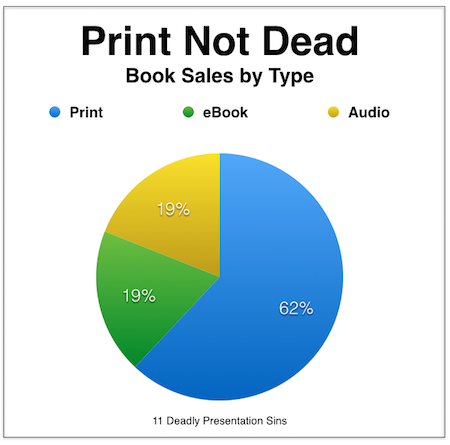I cite David Mamet’s “master class memo on writing” so often I’ve probably worn a groove in the Internet. It’s must reading if you haven’t seen it — witty, insightful, profane … terribly punctuated.
I was reminded it of it again by, of all things, a Spiderman comic. Now I don’t read the newspaper comics anymore, but I do read The Comics Curmudgeon, which both laments the state of the modern comic business and mercilessly skewers those artists and writers who hang on long past their prime.
Spiderman deservedly gets a lot of attention.
Holy Exposition, Batman! (To mix my comic superheroes.) The precise opposite of show/don’t tell!
Or, as Mamet would (and did) say:
ANY TIME ANY CHARACTER IS SAYING TO ANOTHER “AS YOU KNOW”, THAT IS, TELLING ANOTHER CHARACTER WHAT YOU, THE WRITER, NEED THE AUDIENCE TO KNOW, THE SCENE IS A CROCK OF SHIT.
(Did I mention the memo is also full of profanity? Sorry. Kind of NSFW.)
We see this all the time in bad sitcoms and your typical blockbuster action flicks. Characters (and writers) insulting our intelligence by telling us stuff we already know.
And we see it every day in business, too:
- The situation analysis recapping what everyone in the room already agrees is the state of things (“As you know, our stock price is in the toilet …”
- The overly explicit instruction (“See sidebar on the right-hand page”).
- The unnecessarily literal preamble (“The following is a list of blah, blah, blah …” Really? I never would have guessed that string of bulleted items was a list).
Which is all fine if you’re writing an instruction manual. But if you’re looking to move and inspire and interest people, you can dispense with a lot of these data dumps and signposts and other extraneous material. You can be more subtle and, dare I say, artful.
Focus instead on story, drama, characters and intrigue. Yes, those things can and should be part of business writing.
Read the whole memo by clicking on this link here. (See what I did there?) It’s a goldmine.





